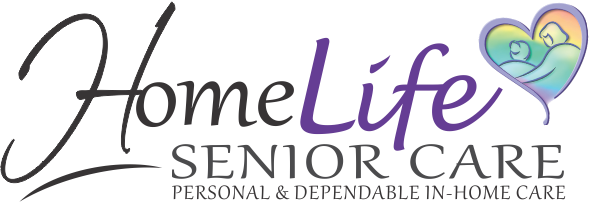 We find ourselves in a world-wide genealogy craze, as a variety of DNA testing options have become available and increasingly affordable, and a wide array of genealogy websites invite those who are mildly curious about their ancestry to dive in—sometimes hooking them into a life-long passion. But what many people discover when they begin their genealogy research is that the most important source of information about your family is your living relatives’ memories—of their own family experiences as well as the stories passed down to them through the generations. Increasingly our Greatest Generation is passing on, taking vital information about relatives and our family stories with them.
We find ourselves in a world-wide genealogy craze, as a variety of DNA testing options have become available and increasingly affordable, and a wide array of genealogy websites invite those who are mildly curious about their ancestry to dive in—sometimes hooking them into a life-long passion. But what many people discover when they begin their genealogy research is that the most important source of information about your family is your living relatives’ memories—of their own family experiences as well as the stories passed down to them through the generations. Increasingly our Greatest Generation is passing on, taking vital information about relatives and our family stories with them.
Capturing the facts and stories about our family by asking our relatives questions is called an “oral history.” These can take the form of relatively informal question and answer sessions around a dinner table recorded by hand, to a more structured interview involving audio or video recordings that can later be edited together to provide a valuable family media archive. However you choose to approach gathering and compiling this information, there are a few basic “best practices” to keep in mind as follows.
Collaborate with other family members. Brainstorm with as many family members as you can before starting an oral history. Discuss who are the most important people to interview and what people think the key things are that need to be recorded—whether that be missing facts about relatives who have passed—names, places and dates which will be helpful in building a picture of your family tree, or the more personal family stories and traditions. It is also useful to include as many accounts of the same information as possible, since people will have different memories of the same event.
Define your project. Clarity is key. Telling an entire family history in any form is a daunting project, so start with specific questions on information you wish to know. Start by gathering short vignettes. Maybe there’s a critical aspect of your own childhood you’d like to recapture such as a memorable family vacation. Often we are trying to identify facts we may not know about specific relatives, or where our family originated and how we got to where we are today. The whole story can’t be told overnight, but as you collect these separate anecdotes, the larger story will begin to emerge.
Have a list of questions ready. Experts advise framing questions in a way that invites expansive answers. Ask about early memories, or about happiest (and saddest) moments. The idea is to get a conversation started. StoryCorps, the oral history project created by the American Folklife Center, offers suggested questions and an interactive guide (https://storycorps.org/participate/ great-questions).
Techniques for recording information. While hand-written notes may be necessary when trying to record information on the fly, you probably already have the most useful tool for an oral history in your pocket. Smartphones can be used very successfully for video or audio documentation. Also, video conferencing services such as Skype and FaceTime offer recording options for interviewing distant relatives. If you choose to create a video of your interviews, easy-to-use software such as Apple’s iMovie and Microsoft’s Movie Maker are preinstalled on your computer.
Collecting and compiling oral histories entail effort and planning, but in the end, they bring generations of families together and foster an appreciation for listening and telling stories.
By Caren Parnes
For The Senior’s Choice


